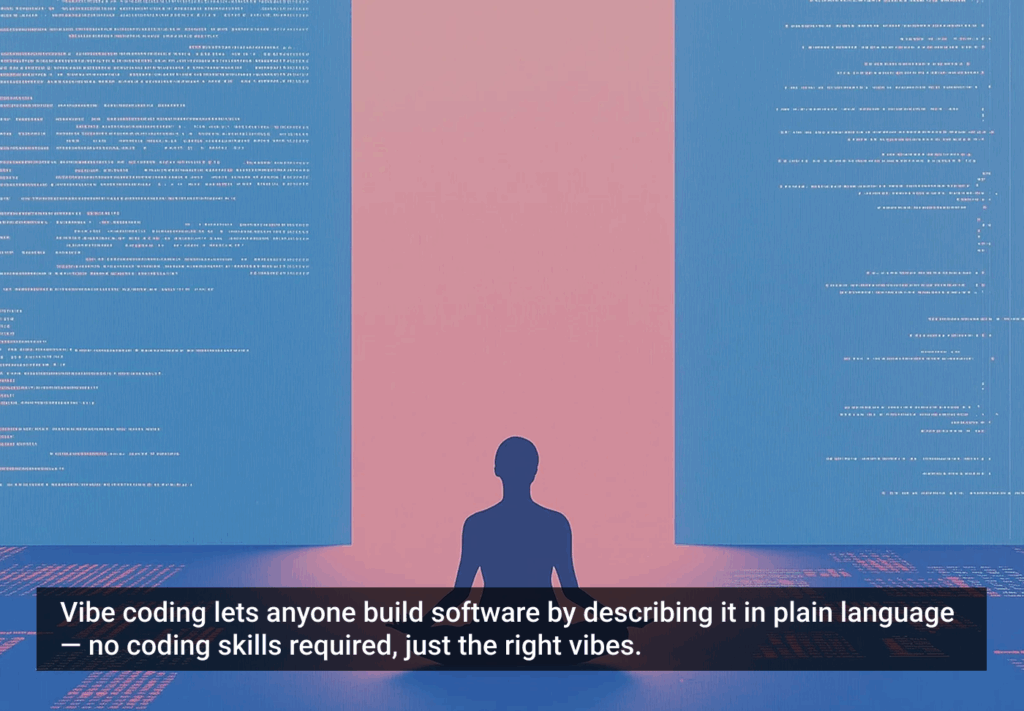From start-ups to big business to agencies, everyone has had their own unique pleasures and pitfalls when it comes to handling the more junior members on the UX team.
A stark memory I have as a junior experience designer (JUXD) at a London-based digital agency was being treated like I had absolutely nothing of value to contribute. One definite low was being asked to add a box to a wireframe—my only job all week! That particular stint sent my confidence to rock bottom and it took me a long time to build back up again in a more supportive environment.
Unfortunately, it seems that it’s a consistent truth that there are many lead and senior UX designers who have no idea how to care for their junior designers, as well as many JUXD’s who feel unfulfilled and stifled in their current role.
We need to do a better job of educating our seniors about how to care for more junior members of a team and, where appropriate, for this skill to become a formal part of promotion and a key aspect of hiring your seniors.
Here are my seven golden rules for caring for your JUXDs. Keep to these principles and your junior designers will be happy, learn new skills, and grow their confidence. As one senior UX designer recently told me, “Having someone tell me that I was a great role model or a wonderful mentor were some of the best things I’ve had in my career.”
Want some of that? Read on!
1. Don’t Treat Your Junior Designers Like They’re Stupid
This may sound painfully obvious, but one of the most basic mistakes that I’ve experienced first hand is senior UX designers treating junior members of the team like they don’t know anything. I once had a senior UX designer explain to me, without any prompting, what a wireframe was. It may feel like you are being helpful, but if you’re continually explaining everything to your JUXD without any indication from them that they need an explanation, it can come across as painfully patronizing.
Practical tips:
Make sure you’ve made it clear that if your JUXD has any questions, you’re there for them. They should be comfortable enough to know that if they don’t know what something is, they can ask without being judged.
Encourage your JUXD to investigate and study up on areas that they know little about. Share articles, blogs, and books so that they can research their “problem areas” in their own time and form their own ideas.
2. Give Your Junior Designers Real Responsibility
Another great way to bolster your JUXD’s confidence and skills is to give them some work with real responsibilities attached. If you’re just handing your JUXD basic bits of work, they won’t be getting enough from you to really develop.
Practical tips:
Let your JUXD take the UX lead on appropriate projects. The senior UXD becomes the “sense-checker” for the project, who the JUXD can bounce ideas off of. Remember that the sense-checker’s role is help guide the JUXD, not to take over the project!
If it isn’t feasible for your JUXD to own an entire project, be more creative than just giving them the boring stuff. While it’s important (and more economical) for a JUXD to do many of the basic jobs, remember that they also need to be exposed to a lot more than that. Actively encourage your JUXD to help you work through your own projects and to come in on some of your meetings. This way, they get to benefit from your experience and see how you approach things, not just in terms of UX processes and techniques, but also how you manage other team members and stakeholders.
3. Take Time Out of Your Busy Schedule to Actively Mentor and Support Your Junior Designers
It’s easy to think that you’re too busy to give your JUXD enough attention. Days rush past, time slips by, and sometimes you forget to eat lunch, let alone think about somebody else’s development. We’re all busy bees, but making sure you give your JUXD enough dedicated one-on-one time and ad-hoc support is incredibly important for their development.
Practical tips:
Hold weekly meetings where the UX team gathers together and runs through what they are working on, discussing any challenges they are facing, and sharing anything interesting they’ve learned.
For one-on-one support, designate a point person on the UX team who the JUXD can go to. Have a five-minute UX “stand-up” in the morning and/or afternoon to ensure that the point person makes time each day for the JUXD.
Caring for your junior UX designers is not an easy job, nor should it be
Aside from the problem of making time to support your JUXDs, remember that as a mentor, your job is not to just give them the answer. Encouraging your JUXD to work things out for is better.
Remember that you’re not an island, and there may be plenty of other well-qualified people in the team (or in your wider connections) that could help advise them. Help your JUXD work with and learn from others.
4. Make Your Junior Designers Wade Out of Their Comfort Zone
One design director I know gives his team weekly challenges designed to test a variety of skills and explore problems that they may not have come across before. Another UX team lead I worked with as a JUXD asked us to present our work at each UX team meeting. This was nerve-wracking, but I learned a lot about presenting our design decisions and giving (and receiving) useful critiques.
There are many different ways you can make sure that your JUXD is learning and growing. Engineering situations like these, where they may be slightly out of their comfort zone, are vital to their development.
Practical tips:
Pay attention to the skills your JUXD is practicing regularly and make note of those that they haven’t had the chance to explore or that you feel they are less comfortable with. Design a session, workshop, or exercise where they can practice those skills in a safe environment.
Encourage your JUXD to attend hack-a-thons, conference workshops, and meetups where they can be introduced to diverse perspectives and processes.
5. Remember That You Can Learn Loads From Your Junior Designers
Another attitude I’ve come across is that JUXDs don’t have anything valuable to share. In my experience, one of the best things about working with less experienced members of the team is that they often bring the fresh insights and perspective the rest of the team may lack. You may find that your JUXD questions the accepted way of doing things, allowing your team some introspection and a chance to change it up.
Practical tips:
It should be evident, but actually listening properly to what your JUXD is saying always helps! Keep an open mind and respond authentically. Don’t be too proud to admit when a JUXD shows you up by hatching a brilliant idea, just get behind it. This will bolster their confidence no end.
Don’t forget to treat your JUXD like any other member of the team and make sure that you regular ask for feedback or critiques from them and not just the other way round.
6. Don’t Mold Junior Designers in Your Own Image
UX is a broad field, and every designer has their own interests and specialties. Explore your JUXD’s interests and play to their strengths. While it’s tempting to focus on your own skills and interests when mentoring a JUXD, as a mentor, it’s your duty to make sure that you help your JUXD explore lots of different skillsets, and find their areas of particular interest.
Practical tips:
Regularly review with your JUXD what they’ve been learning and what interests them. Where possible, introduce your JUXD to as many different subsets of UX as possible, even those that don’t float your boat, and give them the opportunity to have a go.
7. Manage Expectations
Part of caring for a JUXD is to make sure you have their back, including making sure that they’re not put under undue pressure or expectation by the people they are working with. Manage the expectations of the people who work with them and let colleagues know what to expect—that they might need extra time or coaching or support.
Practical tips:
Keep in close contact with the project manager or producer that your JUXD is working under, and make sure that any extra time or support from you is built in to a project schedule. Allowing this extra time for JUXDs to fail and interate—and for you or others to help them—is vital in making sure that they don’t feel overwhelmed and that the project doesn’t go off the rails.
Conclusion
Caring for your junior UX designers is not an easy job, nor should it be. That said, don’t forget to enjoy it! Effectively mentoring somebody is incredibly rewarding for all parties and, at the end of the day, having the opportunity to make a real difference and pass down your expertise to someone else is one of the best bits of mastering a craft.
Image of lion cub and mother courtesy Shutterstock.







